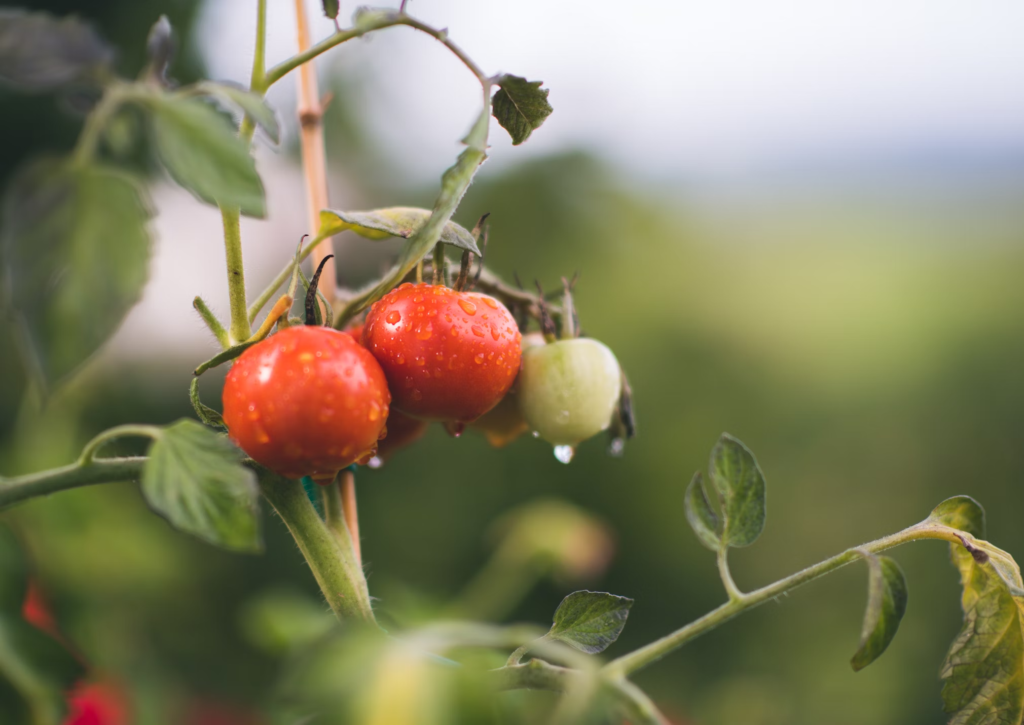Mastering Allotment Challenges: Strategies for a Thriving Garden
Starting an allotment garden is an exciting endeavor, promising fresh produce and a connection to nature. But along with the joys of gardening come inevitable challenges. In this guide, we’ll explore common obstacles faced by allotment gardeners and provide practical tips for overcoming them.
Allotment gardening is deeply rooted in community and tradition, but it’s not without its difficulties. Limited space, weeds, unpredictable weather, pests, and time constraints can all present challenges. However, with the right strategies, these challenges can be managed effectively.
Join us as we navigate through the trials and triumphs of allotment gardening, offering insights and solutions to help you cultivate a successful garden. Whether you’re a novice gardener or an experienced allotment holder, this guide will help you overcome common obstacles and enjoy the rewards of growing your own produce.
Let’s dive in and discover how to tackle allotment challenges head-on for a thriving garden experience.

1. Limited Space: One of the most common challenges faced by allotment gardeners is limited space. Allotment plots come in various sizes, and it’s not uncommon to feel constrained by the available area, especially for gardeners with ambitious planting plans.
Solution: Maximising space is key to overcoming this challenge. Utilise vertical gardening techniques such as trellises, hanging baskets, and vertical planters to make the most of limited ground space. Additionally, consider interplanting compatible crops and practicing succession planting to ensure a continuous harvest throughout the growing season.
2. Weeds: Weeds are the bane of every gardener’s existence, and allotment gardens are no exception. Left unchecked, weeds can quickly take over and compete with cultivated plants for nutrients, water, and sunlight.
Solution: Prevention is the best defense against weeds. Keep your allotment garden well-mulched to suppress weed growth and reduce the need for manual weeding. Regularly hoeing or hand-pulling weeds when they’re small can also help prevent them from spreading. Consider using organic weed control methods such as vinegar-based herbicides or homemade weed teas as a natural alternative to chemical weed killers.
3. Unpredictable Weather: British weather is notoriously unpredictable, with sudden changes in temperature, rainfall, and extreme weather events posing challenges for allotment gardeners.
Solution: While we can’t control the weather, we can take steps to mitigate its impact on our allotment gardens. Invest in season-extending tools such as cloches, row covers, and cold frames to protect tender plants from late frosts and extend the growing season. Plant resilient varieties that are well-suited to your local climate and weather conditions. Finally, stay informed about weather forecasts and be prepared to take action to protect your crops when adverse conditions are predicted.

4. Pests and Diseases: Allotment gardens are vulnerable to a variety of pests and diseases that can decimate crops if left unchecked. Common offenders include aphids, slugs, snails, and fungal diseases like powdery mildew and blight.
Solution: Implementing integrated pest management (IPM) strategies is essential for controlling pests and diseases in an allotment garden. Encourage natural predators such as ladybirds, lacewings, and birds to help keep pest populations in check. Practice crop rotation to disrupt pest and disease cycles and reduce buildup in the soil. Additionally, consider using physical barriers such as netting or row covers to protect vulnerable plants from pests. For disease prevention, practice good sanitation by removing and disposing of infected plant material promptly.
5. Time Constraints: Many allotment gardeners juggle their gardening endeavors alongside work, family, and other commitments, making it challenging to find time for regular maintenance and care.
Solution: Time management is crucial for allotment gardeners with busy schedules. Create a realistic gardening schedule that aligns with your availability, breaking tasks down into manageable chunks. Prioritise essential tasks such as watering, weeding, and harvesting, and delegate non-essential tasks or seek assistance from fellow allotment holders when needed. Embrace low-maintenance gardening practices such as mulching and companion planting to minimise time spent on upkeep.

Navigating the challenges of allotment gardening is an essential part of the journey towards a successful and thriving garden. While obstacles such as limited space, weeds, unpredictable weather, pests, and time constraints may seem daunting, they are all manageable with the right approach.
By implementing strategies such as maximising space, practicing weed prevention techniques, adapting to weather patterns, implementing pest management practices, and effective time management, allotment gardeners can overcome these challenges and cultivate flourishing gardens.
As we conclude our exploration of allotment challenges, it’s important to remember that every setback presents an opportunity for growth and learning. Whether you’re a beginner or a seasoned gardener, each obstacle you overcome strengthens your skills and deepens your connection to the land.

So, as you tend to your allotment plot, embrace the challenges that arise as opportunities to hone your gardening skills, foster resilience, and cultivate a deeper appreciation for the natural world. With dedication, perseverance, and a willingness to adapt, you’ll find that the rewards of allotment gardening far outweigh the challenges.
As you continue your gardening journey, remember to celebrate your successes, learn from your setbacks, and share your knowledge and experiences with fellow allotment holders. Together, we can create thriving garden spaces that nourish our bodies, nurture our spirits, and enrich our communities.
Here’s to overcoming allotment challenges and enjoying the abundant harvests that await us in our gardens!




